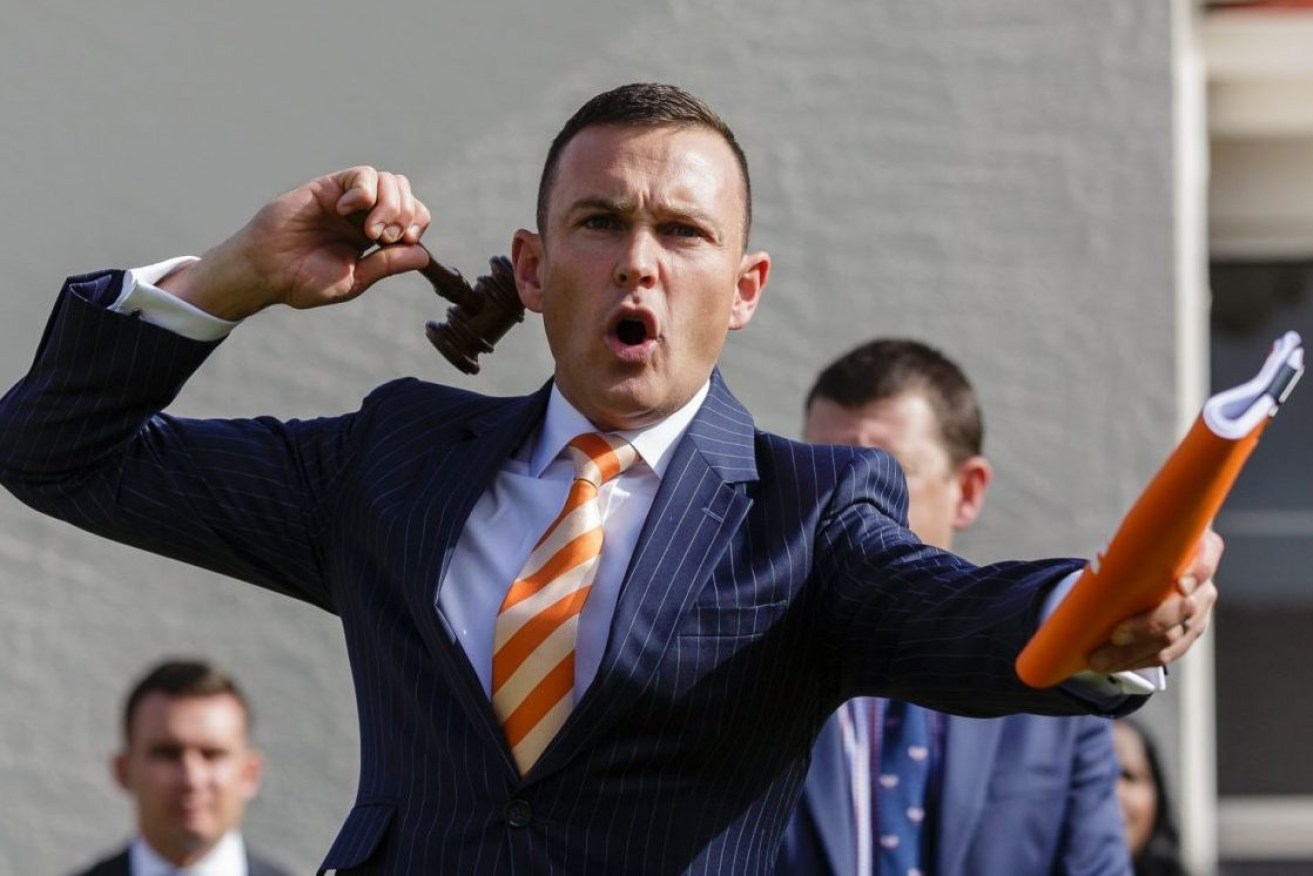$800,000: That’s what you’ll pay now for an ‘average’ Aussie house
It’s been another bumper year for house price growth, spelling bad news for people trying to get on the property ladder.

Brisbane property prices have slumped by more than 10 per cent - the largest drop on record, in the second half of 2022, latest figures have revealed.. (Pic The Firm)
The median cost of a home in Australia grew by $59,000 to $794,000 in 12 months, according to CoreLogic’s July report.
The continued growth since February means average dwelling prices increased by eight per cent in the financial year 2023-2024.
Housing sales also showed a strong recovery with an increase of 8.6 per cent on year-end figures, with Perth recording a historic 29 per cent increase in sales on its five-year average.
CoreLogic’s research director Tim Lawless said the national index had “found a groove”, rising between 0.5 per cent to 0.8 per cent month on month since February.
“The persistent growth comes despite an array of downside risks including high rates, cost-of-living pressures, affordability challenges and tight credit policy,” he said.
However, chronic housing shortages across most of the country continue to plague those trying to buy their first home, with listings stalling in most states.
In Perth, those who owned a mid-sized home had an annual growth of two per cent but listings were down by 23 per cent on the same time in 2023.
The report shows there was a slight decrease in median property values in Melbourne and regional Victoria where listings did not decline.
“The housing market resilience comes back to tight supply levels which are keeping upwards pressure on values,” Mr Lawless said.
Demand for homes was significantly impacted by above-average migration in Western Australia, Queensland and previously South Australia, Mr Lawless said.
Post COVID-19 pandemic impacts appeared to have stabilised the rental market with rents easing for units across most cities.
Sydney recorded the largest annual drop in rental growth, down by 10 percentage points to 7.1 per cent, followed by easing rents in Melbourne (7.5 per cent) and Brisbane (8.5 per cent).












